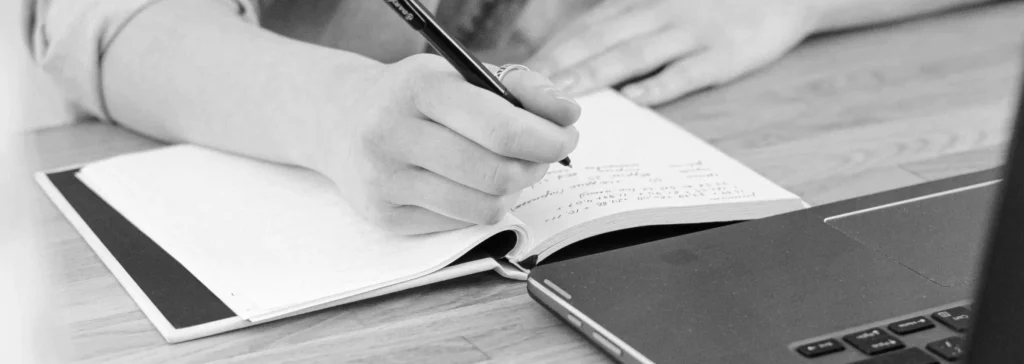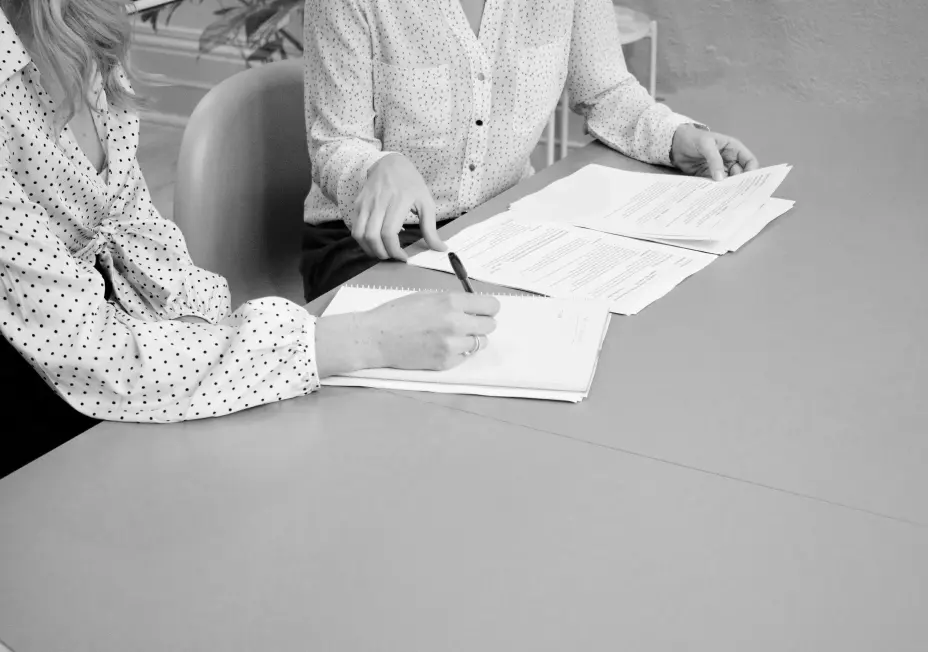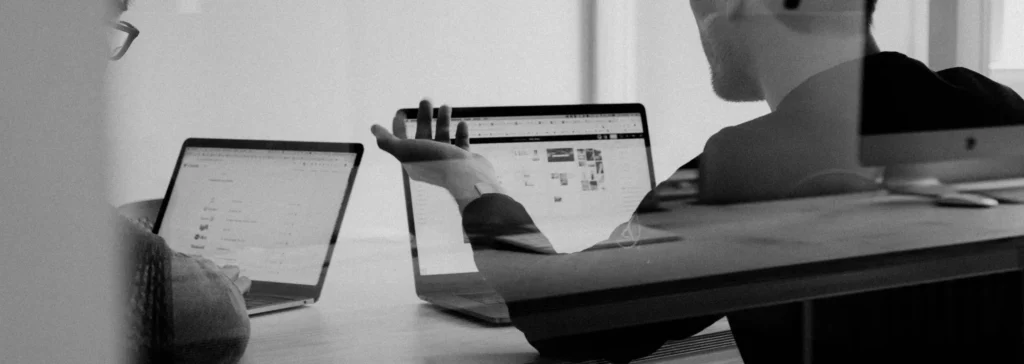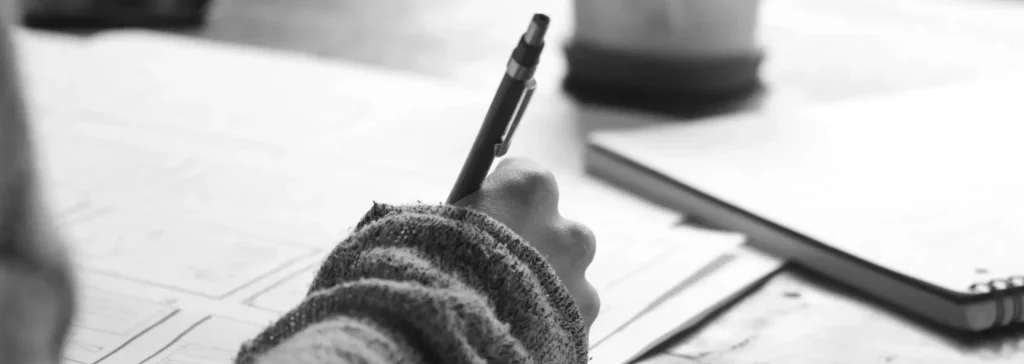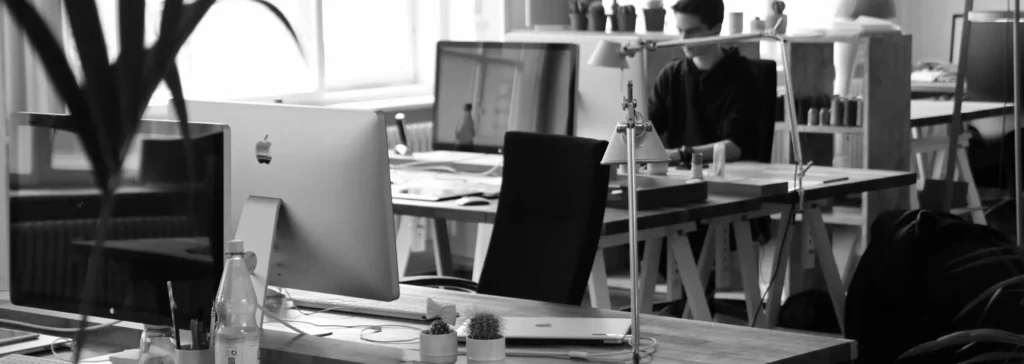According to the Australian Bureau of Statistics:
In the 2021 -2022 reporting year, approximately 497,300 individuals experienced a work-related injury or illness in Australia.
This figure represents 3.5% of the population that worked at any time during the year.
The predominant cause of these injuries or illnesses was ‘Lifting, pushing, pulling, or bending,’ accounting for 24% of the cases.
About 66% of those affected had to take time off work due to their injury or illness.
Furthermore, 31% of the individuals who suffered from work-related injuries or illnesses received workers’ compensation.
Please consider our 7-step checklist of steps to take after a workplace accident.
7 Step Checklist
1. Notification
As soon as you are injured, notify the relevant people, normally your supervisor and a first aid officer. You should notify, no matter how minor you think the injury may end up being. We see many claims negatively impacted where a worker notifies their injury belatedly and the employer contests the claim due to the absence of contemporaneous reporting. You should also make sure that the injury is properly recorded – either in a first aid record or a lost time record. If the employer does not maintain such records then send your employer an email as soon as possible after the accident setting out date, time, location, circumstances, witnesses and nature of injury and copy the email to yourself for your own record. Notification may or may not (depending on the nature and severity of the accident) coincide with stopping the dangerous activity – through triggering and alarm or automatic shutdown.
2. Don’t disturb the site of an incident
Don’t touch/move anything at the incident site, unless it is to provide first aid or stop further injury or property damage. This is because the site may need to be investigated.
3. Seek medical treatment
If the injury is serious, make sure an ambulance is called to treat you at the workplace. This might also be facilitated by a workplace first aid officer or nurse with St Johns Ambulance certification.
In our experience, it is better that an ambulance is called and attends than attempting to “quicken” the process by driving yourself or having someone drive you to hospital or to a medical centre. Your injury may have impaired your ability to drive – you do not want to have a motor vehicle accident on the way to treatment and further injure yourself or others.
The ambulance officers will document your injuries and immediate treatment and more quickly facilitate your treatment upon reaching hospital emergency or medical centre.
If you intend to claim workers’ compensation, you will need to obtain from your treating doctor at hospital/ ER department or medical centre a workers’ compensation medical certificate in the required form – a certificate in any other form will not suffice/ be acceptable. This can be obtained from hospital upon discharge or completion of outpatients/ emergency treatment; or from the GP in the course of your consultation.
4. Make a workers’ compensation statutory claim
Initiate your claim with WorkCover QLD (or consult your employer if they are self-insured) promptly to aid your recovery. Statutory benefits are no-fault and will partially cover lost wages for time off work to recuperate and pay for medical and allied health treatment and rehabilitation, pharmaceutical costs, travel costs too and from appointments and other out of pockets and incidentals.
Claims can normally be lodged online or over the phone – remember, however, that WorkCover/ insurer staff are of variable skill, experience, training and compassion – so care needs to be taken to ensure that claims lodged over the telephone need to be carefully considered to make sure the correct details and information is entered on your behalf. Given the nuances and technicalities of a whole range of aspects of entitlement to statutory benefits, it is recommended that injured workers consider seeking advice and assistance from a workers’ compensation lawyer to ensure that your statutory entitlements are properly and fully accessed.
5. Claim acceptance
If WorkCover/ the self-insurer accepts your claim, there are different types of payments and support available. the insurer will manage the claim process via an appointed claim representative. It is important that you maintain contact and an open dialogue with this representative, as statutory claims can be suspended or ended on the basis of inadequate response or compliance with requirements for medical treatment or assessment.
6. Claim finalisation
A workers’ compensation statutory claim ends:- if you recover/ rehabilitate to be able to return to employment
– you reach a “stable and stationary” state, such that your claim can be finalised with an assessment of Work-Related Impairment;
– you reach the maximum entitlement for compensation; or
– your work injury was an aggravation of a pre-existing or underlying condition and the aggravation has now ceased.
At the end of a statutory claim, you can ask WorkCover/ the insurer to have your Work-Related Impairment assessed – resulting in a referral to an appropriately GEPI qualified doctor (physical injuries only) or Medical Assessment Tribunal (all injuries, including psychiatric injuries) to make the assessment and issue a Notice of Assessment.
7. Consideration of Notice of Assessment and Lump Sum offer
assessment of your Work-Related Impairment and a Notice of Assessment has issued, the Notice will incorporate a lump sum offer commensurate to the level of impairment assessed. Depending on whether your impairment was assessed by a doctor or the Medical Assessment Tribunal, you might have an avenue of appeal/ review. If the assessed impairment is above a certain threshold, you may be able to accept the lump sum offer and also proceed with a common law damages claim for negligence against your employer. If the assessed impairment is below the threshold, you will have the option to accept the lump sum and forego any common law damages claim, defer the offer, or reject the lump sum offer and proceed with a common law damages claim. It is recommended that you seek the assistance of a workers compensation lawyer to assess your situation and determine if you have an appeal (and whether you should exercise it) or whether you should accept or reject the lump sum offer and proceed with a common law claim.





